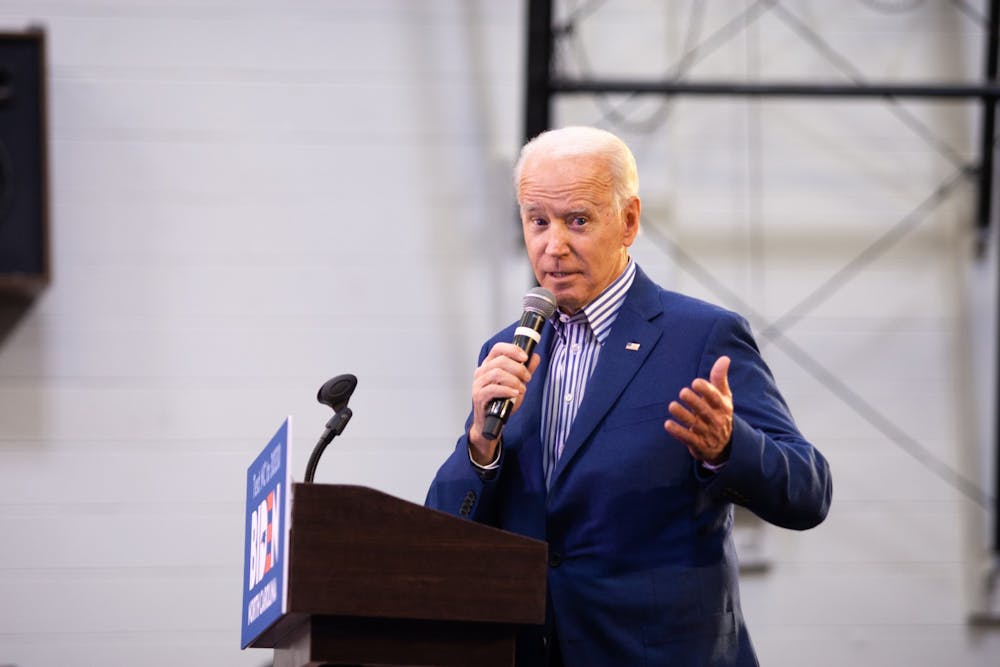The transition to a new political administration can be confusing. During a pandemic, knowing how a government plans to address science seems more important than ever.
Here is a quick breakdown of the science-related goals of President Biden’s first 100 days in office (and beyond) and what to expect in the coming months:
Mitigating the spread of COVID-19
One of Biden’s primary goals is to establish and implement a COVID-19 strategy based on scientific research. His 200-page plan is a sharp contrast to the approach of the Trump administration, which was known for politicizing scientific evidence and ignoring public health recommendations.
The plan aims for better testing by ramping up the production of rapid tests and increasing testing site numbers. Surveillance for new coronavirus variants is also expected to rise, and improvements will be made to online dashboard tracking of virus prevalence. These measures can be used by data analysts and officials to make evidence-based decisions about reopening office buildings and schools.
Aside from tracking the virus, Biden has the goal of administering 100 million vaccines to U.S. residents in his first 100 days. He hopes to do so by creating 100 new vaccine centers and placing mobile vaccination units in underserved areas.
Additionally, the administration has also stated its intent to rejoin, fund and reform the World Health Organization to prevent future outbreaks from occurring. The United States is also expected to join a consortium aimed at sharing coronavirus vaccines equitably around the globe, likely shortening the lifetime of the pandemic internationally.
Although the plan has been criticized by scientists for lacking detail on funding, staffing and procedures for the proposed initiatives, the quick development of a response program bodes well for the administration’s handling of the virus.



